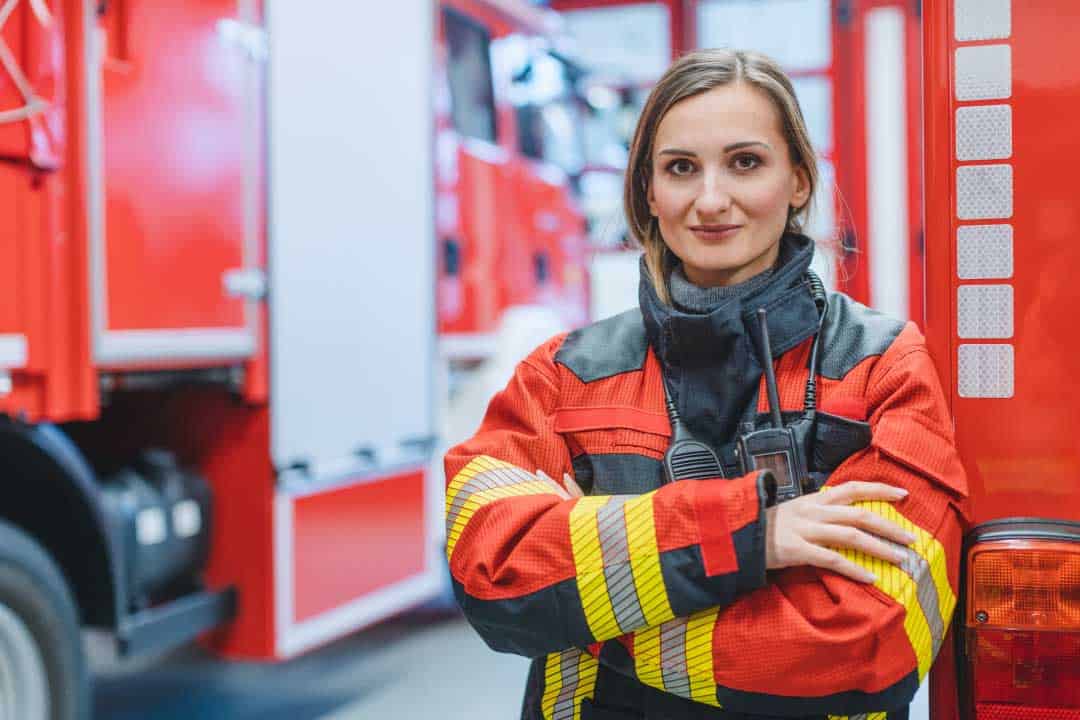In our interconnected and digitalized society, the choice of the ideal cable for various applications is of fundamental importance. This is especially true in building and construction, where the right cable combines technical performance, fire safety, environmental performance, and economic aspects in the most efficient way.
WHY CHOOSE PVC CABLES?
PVC cables offer a range of benefits, including:
FIRE SAFETY AND CPR COMPLIANCE
The Construction Products Regulation (CPR) sets the harmonised technical conditions for free circulation of products within the European Union, including the reaction-to-fire performance of products in the event of an outbreak of fire.
PVC cables can adapt to the individual specifications of intended-use/fire-risk with competitive costs. They continue to represent the best choice in terms of cost-efficiency and fire performance, in full compliance with the CPR and related standards.
PVC CABLES PERFORMANCE IN CASE OF FIRE
PVC cables offer excellent fire performance. Studies and tests show that, due to its intrinsically self-extinguishing characteristics, PVC is difficult to ignite and does not sustain combustion. PVC cables do not contribute to flame propagation, do not generate sparks or flaming droplets, and would produce very little smoke in a real fire situation.


REGULATORY FRAMEWORK
The European standard EN 13501-6 classifies electric cables in 7 reaction-to-fire classes from A to F, identified by the subscript ‘ca’ (cable), according to their heat release and flame spread performance. Each Member State refers to this classification scheme in its own legislative instruments addressing fire safety in buildings and constructions.
CABLE CLASSIFICATION
The European standard EN 13501-6 classifies electric cables in 7 reaction-to-fire classes from A to F, identified by the subscript ‘ca’ (cable), according to their heat release and flame spread performance. Each Member State refers to this classification scheme in its own legislative instruments addressing fire safety in buildings and constructions.
PVC cables, thanks to their inherent fire-resistant properties, can reach a wide range of classes under this classification. Here's a brief overview of the classes that PVC cables can achieve:
- Class B2ca: This class represents a high performance for combustible materials, which do not or hardly burn. PVC cables can achieve this class, offering limited contribution to heat production and flame spread.
- Class Cca: PVC cables can also reach this class, which represents good performance with a moderate contribution to heat production and flame spread.
- Class Dca: This class represents acceptable performance with a limited contribution to flame spread in case of small flame attack. PVC cables can achieve this class, further demonstrating their versatility in fire safety.
- Class Eca: PVC cables can be classified under this class when protected. This class is for flammable materials that do not reach any of the above-listed classes.
- Class Fca: This is the lowest class, and PVC cables can fall under this class when not protected.
It is important to note that the classification of a specific PVC cable can vary depending on its specific formulation and design. Therefore, when choosing a PVC cable for a specific application, it is crucial to check its classification to ensure it meets the fire safety requirements of the intended use.
In addition to the primary class (A to F), the classification also includes additional classifications that define performances such as smoke production (s), flaming droplets and/or particles (d), and acidity (a), each accompanied by an index relative to the level of performance. PVC cables typically achieve good ratings in these additional classifications, further enhancing their fire safety profile.
RELEVANT STANDARDS
EN 50575: Power, control and communication cables – Cables for general applications in construction works subject to reaction to fire requirement
EN 50399: Common test methods for cables under fire conditions – Heat release and smoke production measurement on cables during flame spread test – Test apparatus, procedures, results
EN 60332-1-2: Tests on electric and optical fibre cables under fire conditions – Part 1-2: Test for vertical flame propagation for a single insulated wire or cable – Procedure for 1 kW pre-mixed flame
EN 61034-2: Measurement of smoke density of cables burning under defined conditions – Part 2: Test procedure and requirements
EN 60754-1: Test on gases evolved during combustion of materials from cables – Part 1: Determination of the halogen acid gas content
EN 60754-2: Test on gases evolved during combustion of materials from cables – Part 2: Determination of acidity (by pH measurement) and conductivity
CLC/TS 50576: Electric cables – Extended application of test results for reaction to fire
PVC CABLES INNOVATION AND PERSPECTIVES
The PVC value chain is constantly engaged in the research and development of new formulations. New formulations for PVC cables are currently under development to further improve their performance in fires. Nanotechnologies represent an interesting perspective for the development and use of efficient functional additives in polymers.




